2012.05.22 14:55
the ethics of parametricism/emergent architectural thought and reification
...ethicality is not an issue because I'll freely admit to using "parametrics" just to see what geometries might emerge, especially by stepping outside of the "expected" process.
2012.05.24 18:06
the ethics of parametricism/emergent architectural thought and reification
I somewhat feel the need to make clear that my view of parametrics and biomimetics is largely based and focused on the images that each 'discipline' generates. I played with the notions of imagination as the computational construction of images and imagination as the mental construction of images. I understand that there is also the potential to manufacture the computational images, but such manufacture is not exclusive to parametrics or biomimetics--I have a lot of 3d data that could be manufactured, and most of it is not parametric or biomimetic.
tammuz, it's unfortunate that your OP is not seen for the constructive criticism that it is--essentially drop the metaphors and use the skill sets toward real world applications or at least toward an applicable theory of building/architectural design.
I thought you might be referring to Somol, Whiting, etc., but what actual designs reflect their 'theory'? (I'm asking because I'd then better understand your point.) I personally find OMA's Patent Office, as featured within Content (2004), to be a much more relevant example of design theory for today. Plus just taking note of current design trends, for example:
appositional:
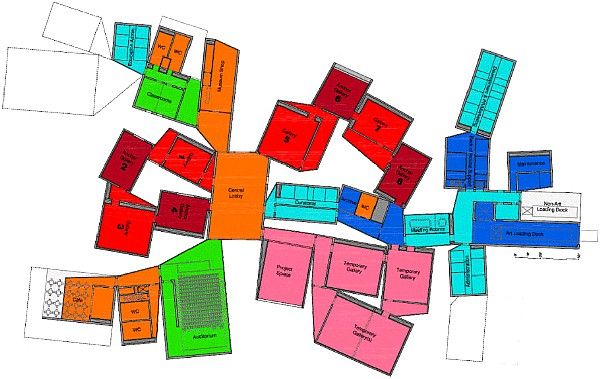
voxelation:
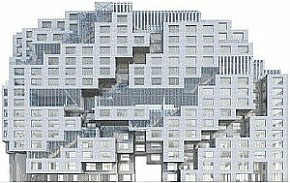
stacked extreme cantilevers:
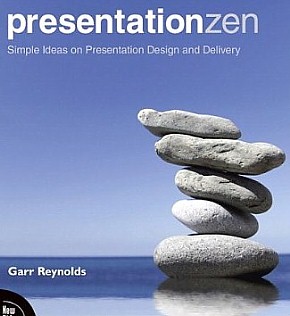
mat/box/blob combinations:
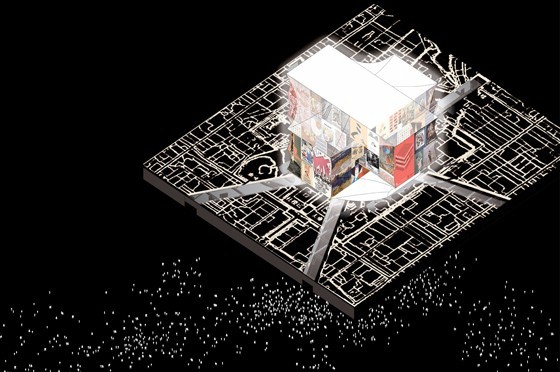
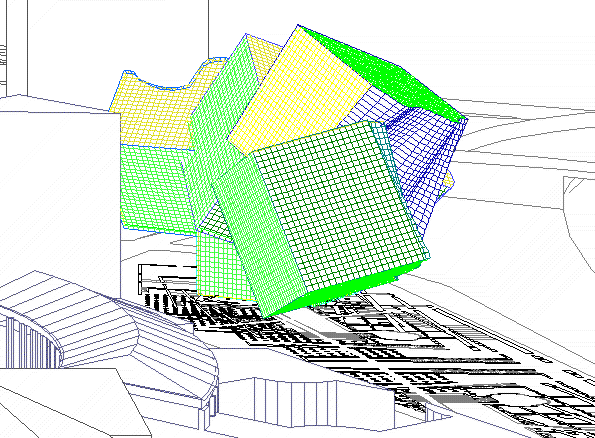
Zaha Hadid Architect's Guangzhou Opera House certainly sets a high standard for parametric design. From what I know of the building, I like, and indeed marvel that such a building is possible to build (although there are post-construction problems like leaking and apparently many granite panels have/had to be replaced):
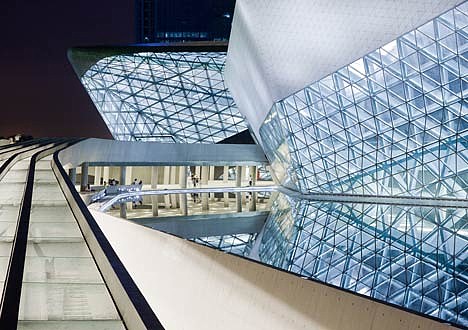
For me personally, I'd like to see parametric design (and biomimetic design) less a closed, hermetic system, rather mixed with other current design trends.
| |
2012.06.24 13:15
Fashion Architecture Taste
It can thus be seen that deconstruction is a form of what has long been called a critique. A critique of any theoretical system is not an examination of its flaws or imperfections. It is not a set of criticisms designed to make the system better. It is an analysis that focuses on the grounds of that system's possibility. The critique reads backwards from what seems natural, obvious, self-evident, or universal, in order to show that these things have their history, their reason for being the way they are, their effects on what follows from them, and that the starting point is not a (natural) given but a cultural construct, usually blind to itself. For example, Copernicus can be said to have written a critique of the Polemic conception of the universe. But the idea that the earth goes around the sun is not an improvement of the idea that the sun goes around the earth. [Actually that is not true as the mathematics of Copernicus' heliocentric theory greatly improved the predictability of future planetary positions in the night sky.] It is a shift in perspective which literally makes the ground move. It is a deconstruction of the validity of the commonsense perception of the obvious. In the same way, Marx's critique of political economy is not an improvement in it but a demonstration that the theory which starts with the commodity as the basic unit of economy is blind to what produces the commodity--namely, labor. Every theory starts somewhere; every critique exposes what the starting point conceals, and thereby displaces all the ideas that follow from it. The critique does not ask "what does this statement mean?" but "where is it being made from? What does it presuppose? Are its presuppositions compatible with, independent of, and anterior to the statement that seems to follow from them, or do they already follow from it, contradict it, or stand in a relation of mutual dependence such that neither can exist without positing that the other is prior to it?"
Barbara Johnson, "Translator's Introduction" in Jacques Derrida, Dissemination (1981).
FAT is very much a reenactionary architecturism practice.
LearningFromDasVagueness in "Diller Scofidio and Renfro blob up the Hirshhorn, yay!" (2009.12.17 09:41).
2012.07.30 12:22
Is there a good reason for using curves?
A few questions:
How exactly are we so sure that curves mimic nature's process?
What exactly is the good reason for architectural design to mimic nature's (so-called) process via the use of curves?
What exactly makes an architectural design that mimics nature's (so-called) process via the use of curves ethical?
Does the use of curves in architectural design somehow reduce or prevent (all) architecture's (inevitable) entropy?
Or will we find out that the use of curves in architectural design will speed-up said architecture's entropy?
2012.09.16 17:51
Repetition Repetition Repetion
The art of Andy Warhol had a whole lot to do with (the co-existence of) repetition and difference.
Housing (even somewhat) inspired by the art of Andy Warhol might well be fascinating.
| |
2012.11.04 11:42
The Language of Architecture
For the most part, spoken languages still relate to quite specific geographic locations. Up until roughly 100 years ago, specific geographic locations, too, had their distinct architectures. Colonialism began to usurp 'native' architectures with European architectures. In the mid-20th century the 'International Style' became an architectural Esperanto.
Is architecture today composed mostly of many, many personal languages?
Otherwise:
Are most of architecture's languages now lost?
What present architectures still relate to specific geographic locations?
What architectures are bilingual?
What architectures are multilingual?
What architectures exist also in translation?
What architectures now exist only in translation ?
What architectures are lost in translation?
Who speaks slang architecture? And is slang architecture ever appropriate?
Does anyone ever order language-salad architecture? Maybe that tastes best on Pentecost.
"I love my architect[ure]s because they often manage to say something I haven't heard before."
2012.12.04 18:07
How can architects help the Gaza strip people?
Creativity is not inherently metabolic because creativity can just as well operate assimilatingly (or osmoticly, or conceptionally, or with omni-frequency).
Imagine how different Israel would be if it operated assimilatingly rather than metabolically.
Imagine how different Israel would be if it operated osmotically rather than metabolically.
Imagine how different Israel would be if it operated conceptionally rather than metabolically.
Imagine how different Israel would be if it operated with omni-frequency rather than metabolically.
2012.12.04 18:17
How can architects help the Gaza strip people?
Again, I never wrote about the metabolic nature of creativity (as if all creativity were somehow metabolic). I wrote about the dual, creative/destructive operation of the metabolic process, and, hence, the dual, creative/destructive operation of the metabolic imagination. But never did I infer that then all creativity stems from the metabolic imagination.
2013.01.07 10:52
LA TENDENZA at Pompidou Center
Don't forget the reality of the flip-side.

The cover of Lotus International 33 (1982), upside-down
|